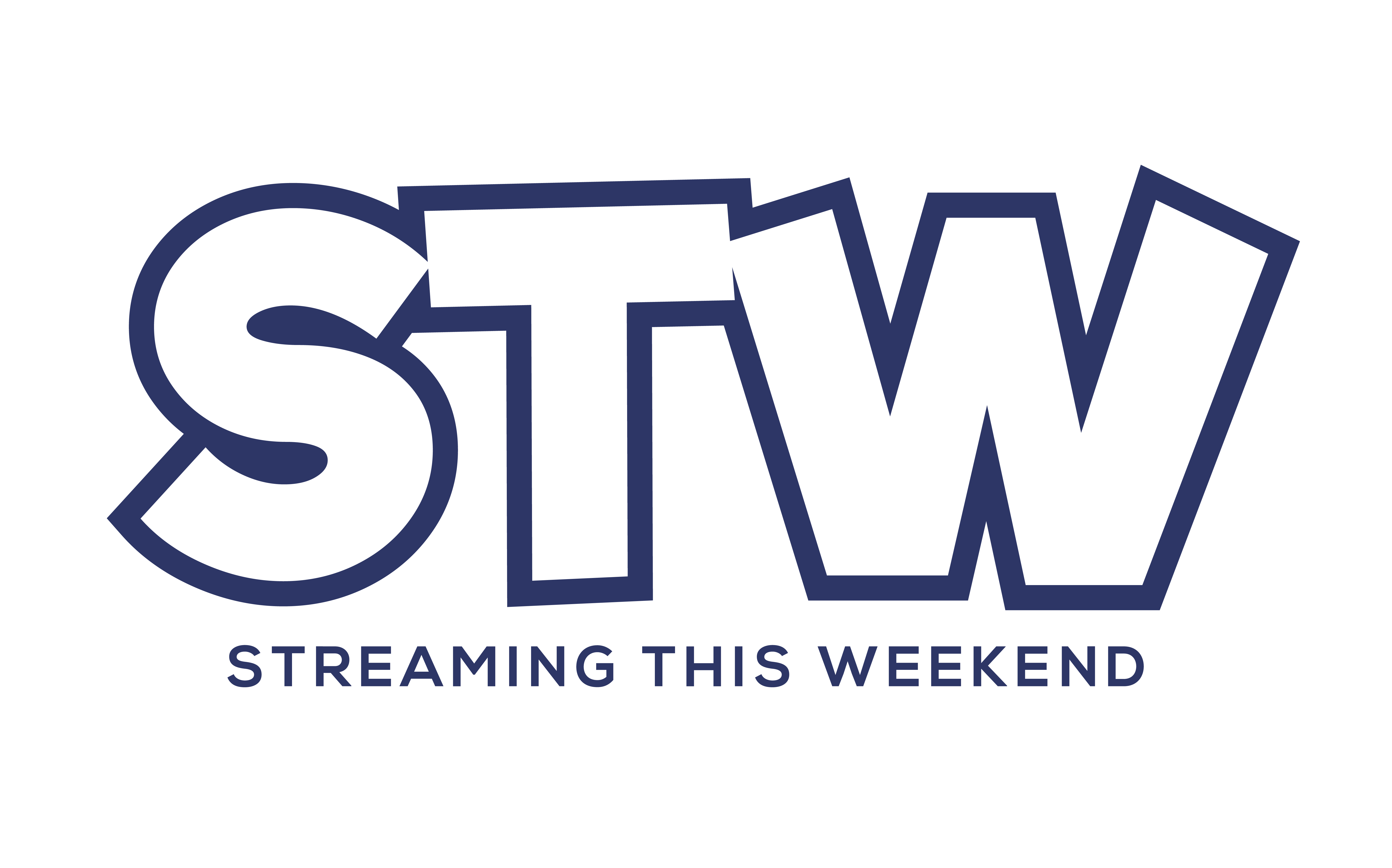One of Twitch’s most valuable tools for streamers is the Stream Summary page. This dashboard contains stats and information about your broadcasting days and, as such, can give you a view of how your show is performing. It can also give you some insight on trends so you can make adjustments that may lead to the growth of your channel.
Here’s how you can use your Stream Summary.
Key stats to track
Your Stream Summary contains a fair bit of data but not all of it will be as important or useful to your growth as the following:
- Average viewers
- Unique viewers
- Unique chatters
The Average Viewers stat effectively tells you the mean number of people you retained throughout your stream. By comparing it to the bar chart on the summary, you can tell at what point that number went up or dipped. When examining this, you need to reflect on your performance during the stream. Were you particularly low energy or were you silent? Was the topic you were touching on sensitive or was it engaging? This is why keeping a stream diary might be a good idea.
The next stat, Unique Viewers, tells you how many different people joined your Twitch stream at any given moment. In essence, if this number is going up, it means your visibility is improving. Perhaps the thumbnail you’re generating when viewers are browsing is looking pretty good. Or, if the number is dropping, that means your stream may need some spicing up. When you compare this stat to Average Viewers, you can get a picture of who is making people stay or leave.
Finally, Unique Chatters lets you know how many different people on your stream were active in the chat. This should be the barometer of your engagement levels. If you’re talking about something interesting, then that is likely giving people a reason to react in chat. Likewise, if this number is low compared to your Unique Viewers, then you likely need to start finding ways to get people to post something.
Notification performance
We all know that Twitch has terrible discoverability as a platform. This is what makes the “go live” notification you set up even more important. What that notice says can make all the difference in getting your viewers to come back to more streams.
To see how well your notification performed, you need to look at the “How did my go notification perform?” section of the Stream Summary. If you see a jump from your previous stream, then that means whatever you typed in there was something your viewers cared about and you should try it again. For instance, if you’re encouraging them to join you in your game, that may indicate that this is the type of content your viewers want to see. Likewise, if this number is dropping or staying stagnant, then maybe you need to consider trying something new.
The other stat you’ll want to look at is your Follower Reach. This effectively tells you how many people have clicked the bell icon to receive notifications. It’s hard to say why people choose to do this. Some may want to join your stream but don’t want the notification for personal reasons. However, you want this number to go up to expand your reach. So, maybe you need to entice your viewers to ring the bell. A popular method is by giving your “notification squad” a name and referring to them as such since they’ll likely be the first to jump into your chat.
How often should I review my stream summary?
This will depend on your goals as a streamer. If you’re experimenting with new content, checking the summary after every stream may not be a bad idea, as you’ll get a feel for how well it’s performing.
For your regular streams, though, you may want to allow for more time to pass so you have a bigger data set to work with. There are always going to be peaks and troughs when you’re streaming on Twitch. Low viewership one day doesn’t mean that you suck or that your content is bad. But, regular dips or consistently low stats over a longer period can mean that a change is in order.
Don’t know what you’ll be streaming this weekend? Subscribe now for our picks!

